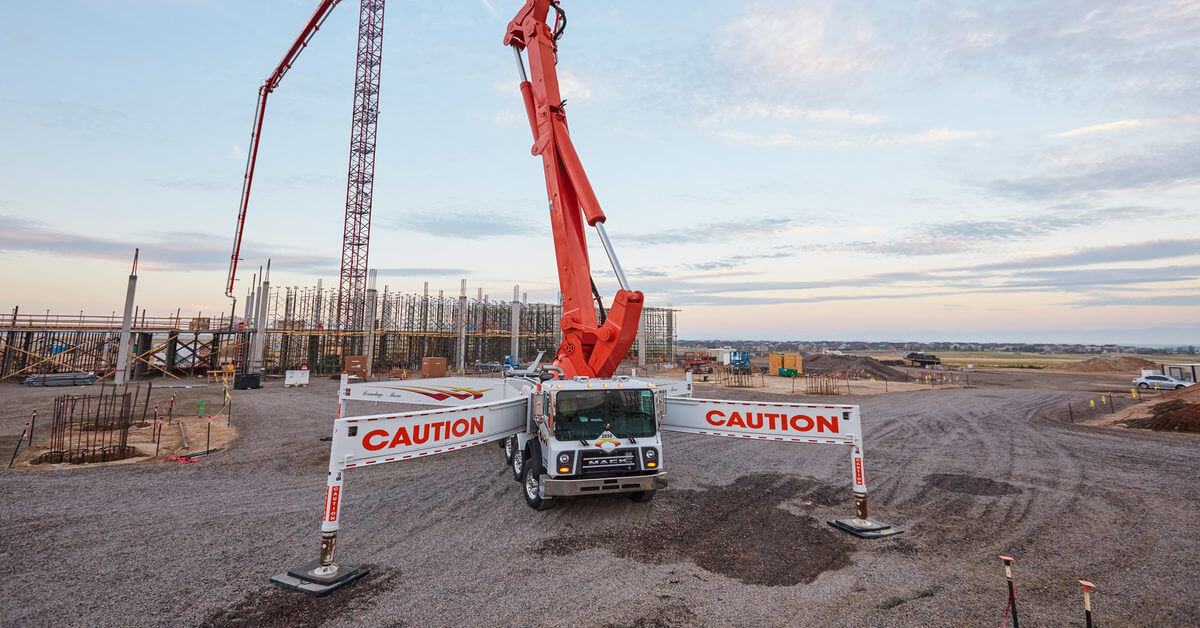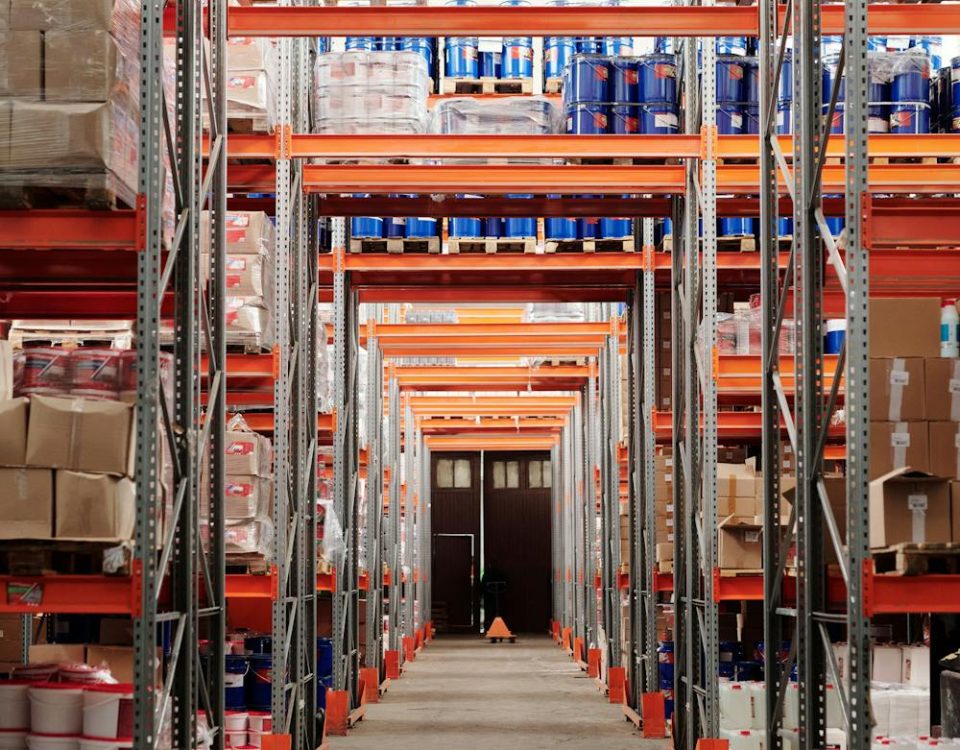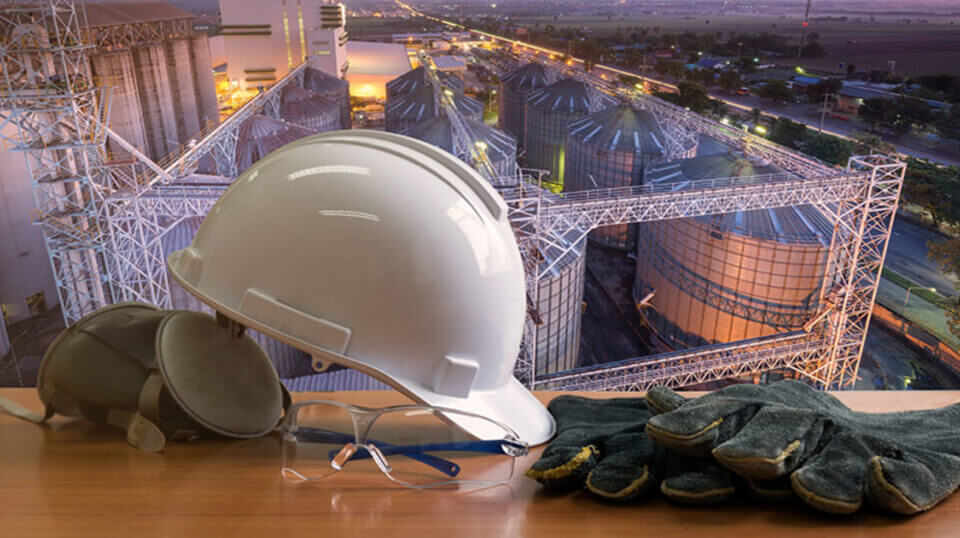
Unseen Electrical Hazards: Safeguarding All Workers in the Industrial Sector
July 18, 2022
Conquering Workplace Safety Challenges: Strategies for Success
July 18, 2022
Unseen Electrical Hazards: Safeguarding All Workers in the Industrial Sector
July 18, 2022
Conquering Workplace Safety Challenges: Strategies for Success
July 18, 2022Construction sites are high-risk environments where safety must remain a top priority. Implementing proactive measures and understanding critical hazards are essential to creating a safer workplace for both employees and employers. Here are key strategies to mitigate risks and protect your workforce.
1. Fall Protection: A Non-Negotiable Priority
Falls are the leading cause of fatalities on construction sites. Workers should stay vigilant about fall hazards, using equipment such as lanyards, lifelines, and harnesses to prevent injuries from significant heights.
Employers must establish robust fall protection protocols, including guardrails, safety nets, and personal fall arrest systems designed to address site-specific risks. Regular training and inspections ensure these measures remain effective.

2. Scaffolding Safety: Reducing Common Risks
With 65% of construction workers relying on scaffolding, fall, electrocution, and falling object hazards are prevalent. Workers should wear hard hats, non-skid footwear, and use tool lanyards to minimize risks. Adhering to weight limits and proper climbing practices is equally crucial.
Employers play a key role in ensuring scaffolds are expertly designed, constructed, and inspected by qualified personnel. Scaffolds should be kept at a safe distance from power lines and equipped with guardrails, midrails, and toeboards.
3. Ladder Safety: Best Practices for Preventing Accidents
Improper ladder use is a frequent cause of falls. Workers must choose the right ladder for the task, secure it before use, and avoid carrying tools by hand when climbing. Portable ladders should be the correct length and secured properly.
Employers must conduct daily ladder inspections, provide training on ladder safety, and supply nonconductive ladders for work near electrical equipment.
4. The Power of Personal Protective Equipment (PPE)
For tasks like welding, grinding, or drilling, PPE is indispensable. Workers should ensure their equipment fits properly, is in good condition, and is inspected for damage before every use.
Employers are responsible for providing PPE at no cost, ensuring it meets safety standards, and accommodating prescription lenses when required.
5. Safe Handling of Hazardous Substances
Construction sites often involve exposure to hazardous materials like lead, silica, and asbestos. Workers must be familiar with Material Safety Data Sheets (MSDS) and equipped with appropriate PPE when handling these substances.
Employers should implement a comprehensive hazard communication program, ensure proper labeling of chemicals, and train employees on the risks and safe handling procedures.
6. Fostering a Safety-First Culture
Safety is a shared responsibility on construction sites. Prioritizing fall protection, scaffolding safety, ladder safety, PPE, and hazardous substance management significantly reduces accident risks.
For expert guidance and an extensive selection of industrial safety products, trust EZSecur to support your commitment to workplace safety. Learn more at www.ezsecur.com.





